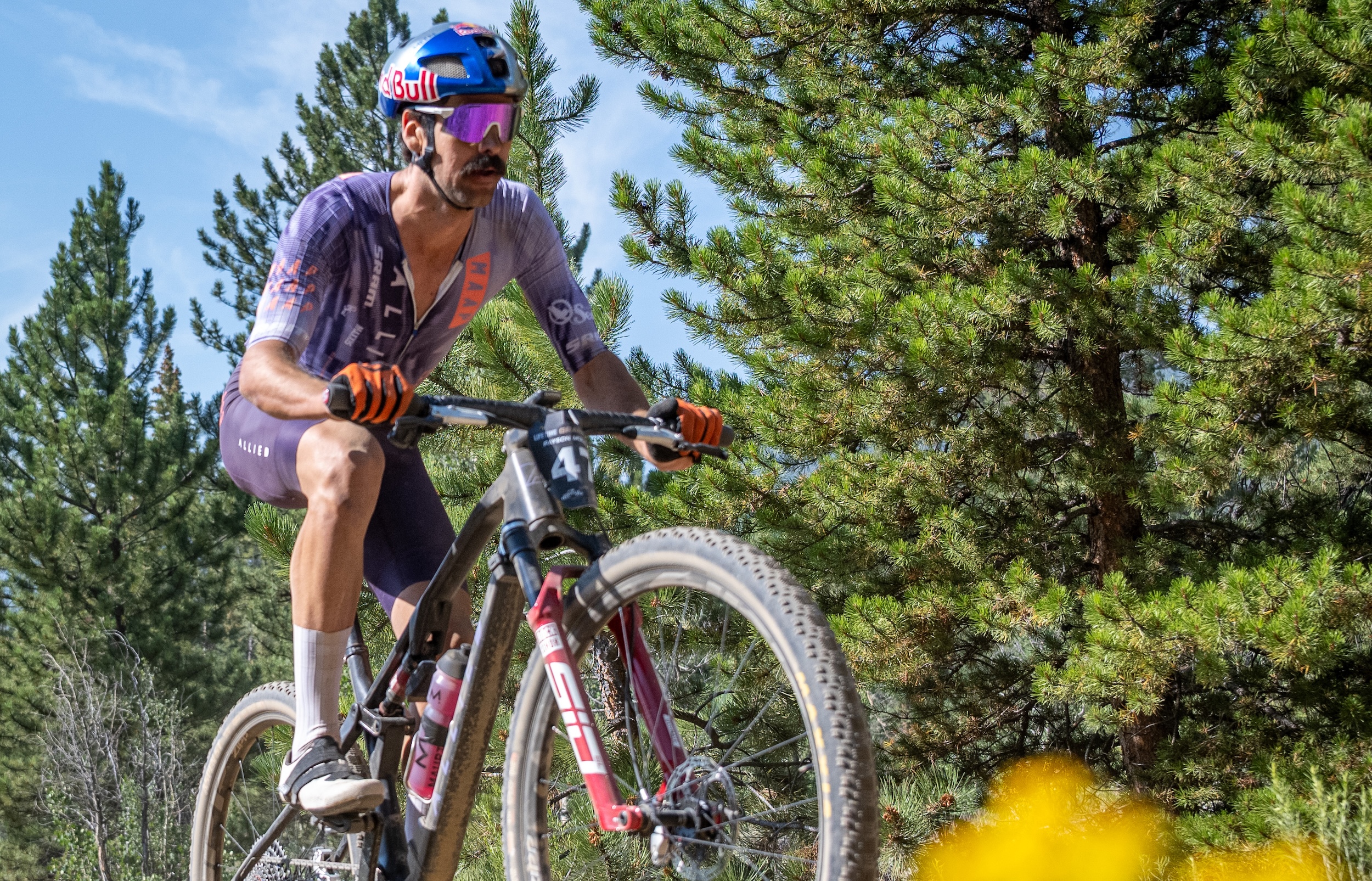What next for the Tour de France Femmes? The Cyclingnews editors weigh in
The Cyclingnews team weighs in on the next steps for the most popular and prestigious women's stage race
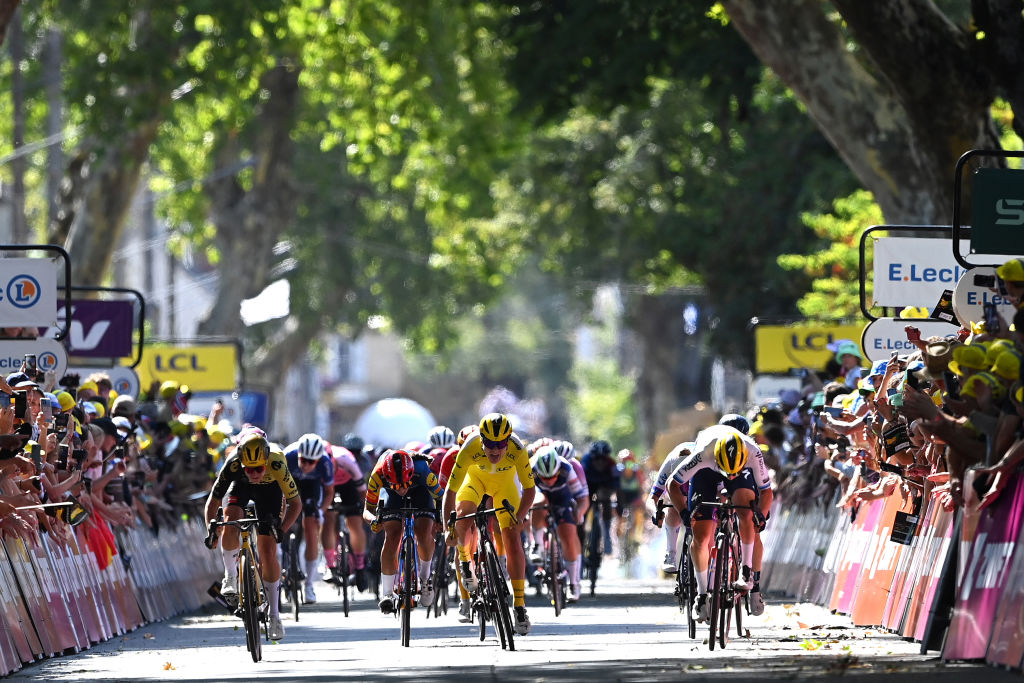
Welcome to our second edition of the Cyclingnews roundtable debate, where we discuss and reflect on the new version of the women's Tour de France, which will embark on its fourth edition this year, and is set to begin this weekend with a Grand Départ in Brittany.
While our last edition of the roundtable chewed over our opinions on the best men's Grand Tour riders since 2010, this time around, we tackle the question: What would you like to see for the growth and future of the Tour de France Femmes?
As many cycling fans will already know, the first version of the women's event was held in 1955, preceding the original women's Tour de France stage race, which ran from 1984 to 1989. While there have been multiple versions of this race over the years, it has ultimately evolved into the modern Tour de France Femmes avec Zwift, which has taken place since 2022 and boasted a live audience of 23.2 million people.
We gathered around our virtual CN roundtable, and here are our insights. What do you think? Let us know your thoughts down in the comments, and join in our discussion as we wait for the 2025 Tour de France Femmes to get underway on Sunday in Vannes.
More stages, please! – Kirsten Frattini (Deputy Editor)
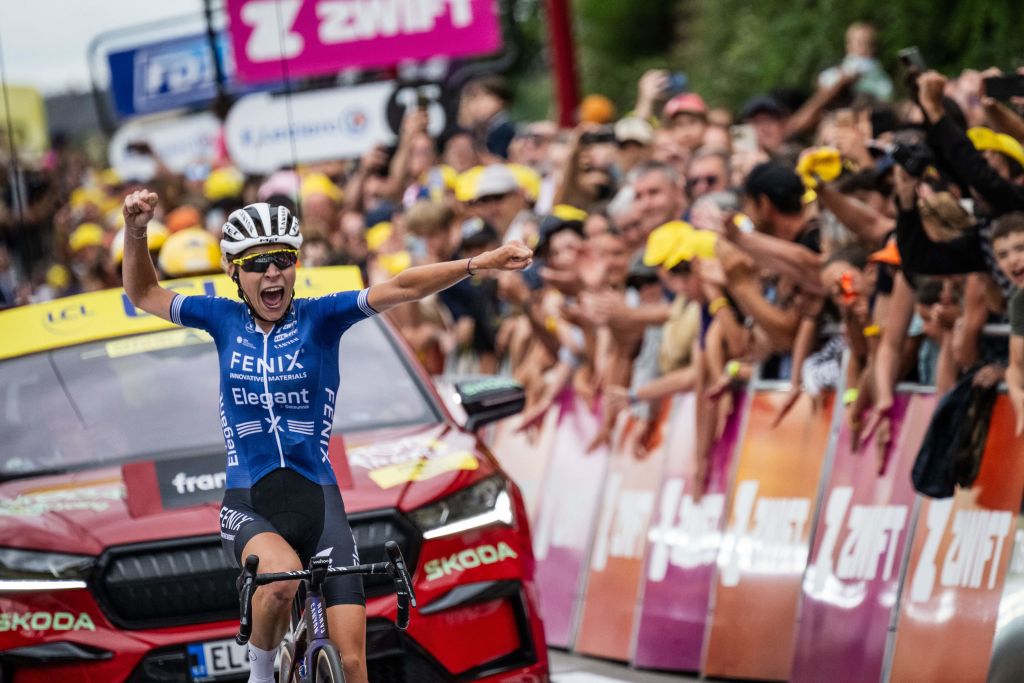
The Tour de France Femmes is ready for additional stages beyond its current nine-day racing schedule in 2025.
While the UCI sets a maximum of six stages for the elite women's events, exceptions are granted for events such as the Vuelta a España, Giro d'Italia, and the Tour de France, among others.
Setting maximum stages and race distances was implemented to prevent excessive overlap on the international calendar and allow women's teams and races the space to grow. However, these rules have become outdated considering the significant growth of women's cycling over the last five years.
The latest race content, interviews, features, reviews and expert buying guides, direct to your inbox!
As the rebirth of the women's Tour de France, supported by Zwift, enters its fourth edition, it has become one of the most popular events on the calendar. It has taken the riders to the most iconic summits of La Super Planche des Belles, Col du Tourmalet, and Alpe d'Huez, all while pushing the race out to nine days.
Together with a stronger foundation due to the professionalization of the top-tier teams, the strength of the peloton, and consistent live television coverage, as well as smashing viewership each year, the Tour de France Femmes is ready to take another step and increase its number of stages.
Keep it French (until it's extended) - James Moultrie (Staff Writer)
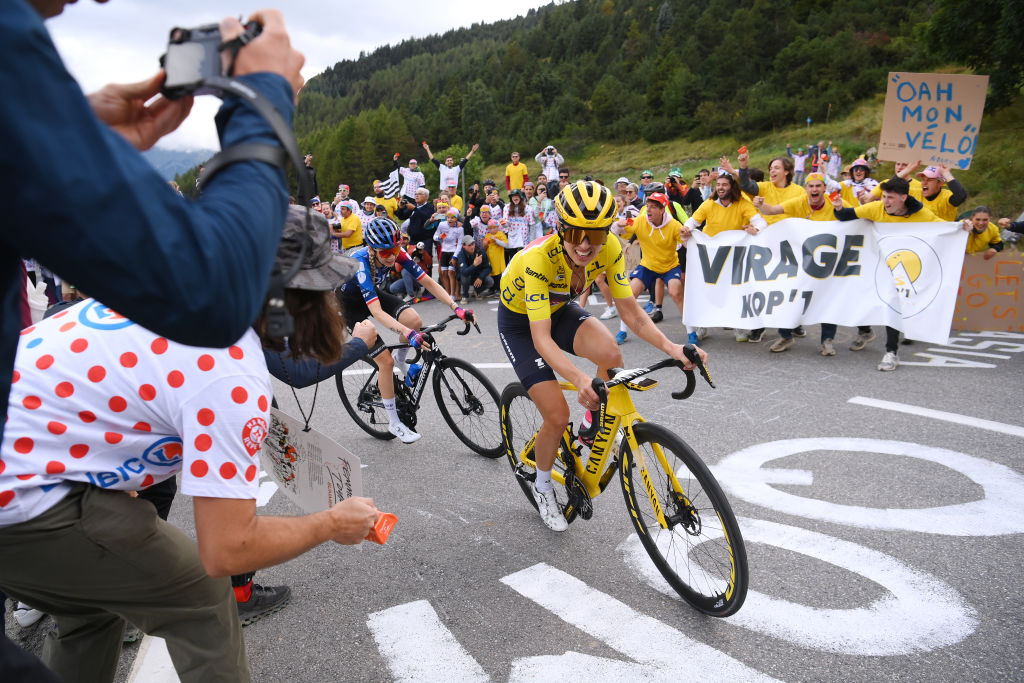
While foreign Grand Départs have become a modern norm of the men's race (bar the current ongoing Tour), the only recently revived Tour de France Femmes having many of its stages already avoiding the home nation doesn't feel right to me, three years into its existence.
Having covered the race in person last season, not reaching France until the finish of stage 5 was bizarre. No Tour can be a full 'tour of France', but three and a half days out of eight days not in the race's home can't be right, can it?
Yes, women's cycling's top-performing nation, the Netherlands, was honoured, and it played host to the first foreign Grand Départ for the women's race as it did the men's in 1954. But the latter came after 40 editions. Much of the country, which is essential to the identity of the race, was missing, and while this year's route is purely French, the subsequent two editions will again start abroad.
Switzerland and Great Britain, the latter of which I should be biased towards, but why can't the Tour de France Femmes, for now, just be held in France? The UCI will love a visit to Aigle and Lac Léman (Geneva) is lovely, but I can't help but feel it isn't necessary, or particularly desirable.
The easy fix to this for me, linking to Kirsten's hopes, is an extended race. More stages would leave more room for foreign adventures to kick off the race, while leaving enough stages for the weird and wonderful 101 departments of France to be better explored in the race. Until that happens, though, keep it French.
Not just more TV coverage, but better too - Pete Trifunovic (Engagement Editor)
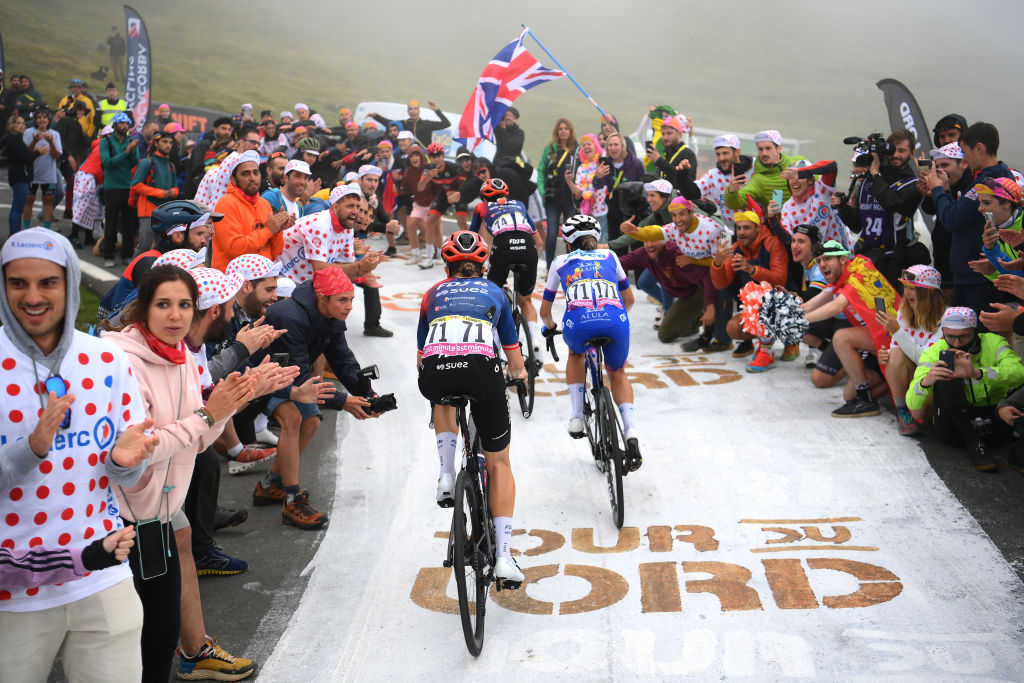
I think the Tour de France Femmes, given its rapid growth since 2022, should lead the way in diversifying how we watch cycling on TV. Its viewership expands year-on-year, so why not use this to push the boundaries of new broadcast methods?
The lack of start-to-finish broadcasts has plagued women's cycling for too long and is a non-negotiable in my book. But looking beyond that, the biggest race in women's cycling should use its growing audience to instill new ideas.
The addition of team radio communications and drone footage into live coverage has provided a fresh take, but we shouldn't stop there. Could on-the-bike live cameras also work, or would live GPS trackers and additional data metrics be useful for following the key riders up a climb?
There's also so much room for improvement when it comes to time trials, too - you just have to take one quick look at Formula 1 qualifying sessions to notice this.
There's a fine line between experimenting with new ideas and still respecting the race, and the Tour de France Femmes shouldn't be used as a 'guinea pig' for the men's race. Instead, it should use its rapid growth to stamp a fresh take on how we consume cycling on TV.
A visit to Ventoux – Matilda Price (Assistant Features Editor)
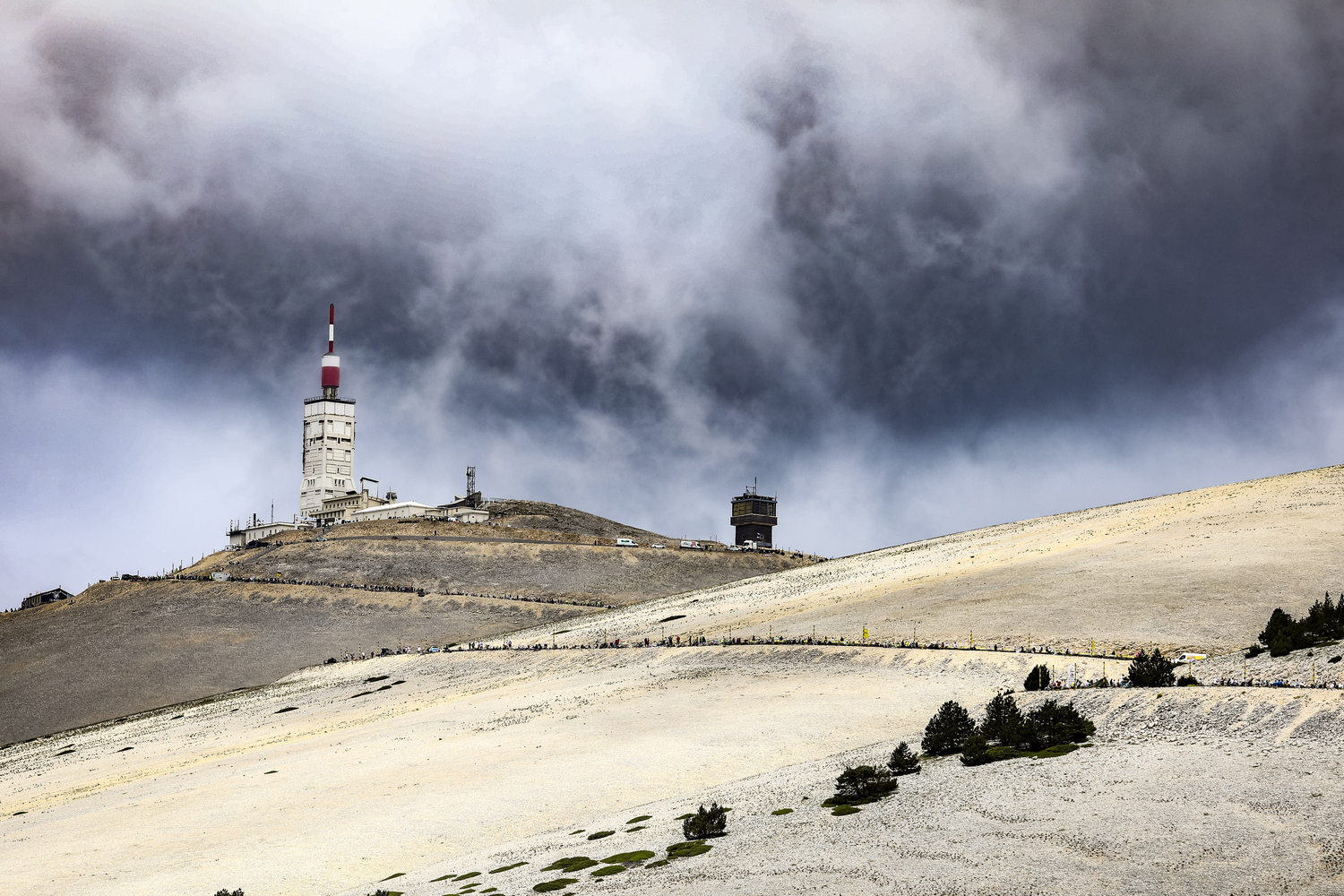
This is something the Tour de France Femmes route planners have been pretty good at already, but I'd really like to see the race visit some more iconic and famous Tour climbs. The Tourmalet and Alpe d'Huez stages in 2023 and 2024 brought us spectacular racing, and showed that the women's peloton loves to race on these big climbs.
The next obvious choice that really stands out would be Mont Ventoux. It's a climb like no other, and the women have already raced up it in the Ventoux Challenge in 2022 – won by Marta Cavalli – so a Tour visit seems the logical next step.
This year, the Tour is visiting some great climbs, but these climbs that are household names and synonymous with the Tour – Ventoux, Hautacam, the Lacets de Montvernier – bring something extra. They're recognisable to any cycling fans, they attract huge crowds, and generally they just garner more attention. So I'd really like to see the women's racing ticking off the most iconic ascents.
Continued investment to grow the race – Tom Wieckowski (Tech Writer)
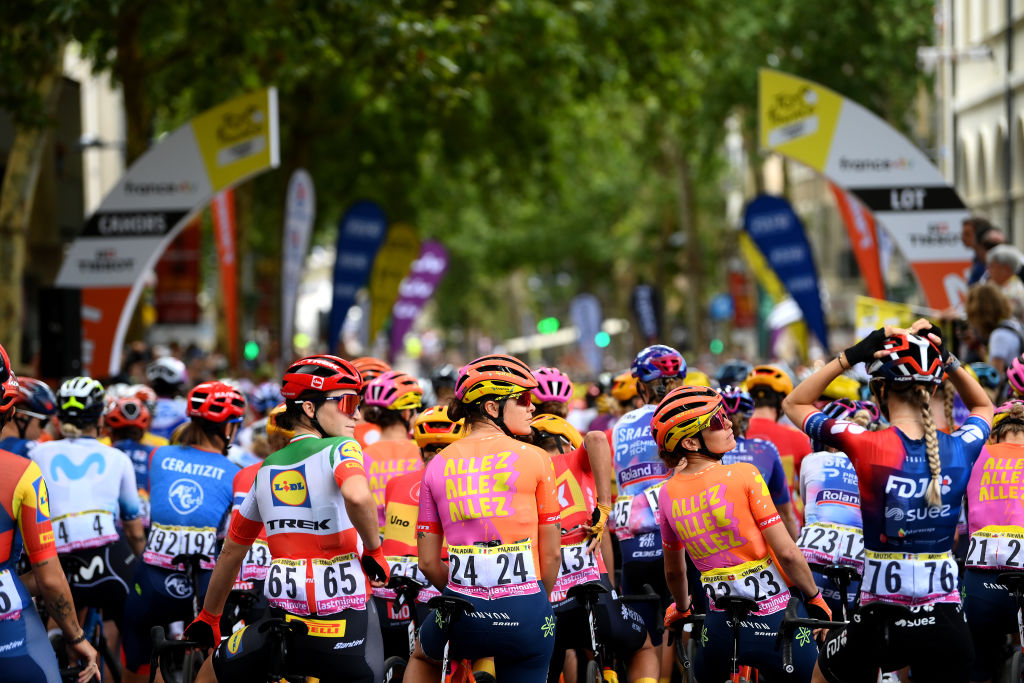
I would like to see continued sizable sponsorship of the Tour de France Femmes to help guarantee its long-term future.
A lot has been achieved since Zwift became the headline sponsor of the Tour de France Femmes avec Zwift back in 2022. Developing it from a single-day event that felt like something of an afterthought to a nine-stage race worthy of the Tour de France name.
Zwift has made a sizable investment, along with other sponsors, and appears truly passionate about growing the biggest race on the women's calendar.
Zwift has committed up to 2026, but what then? Continued investment is important right now to strengthen the work that has been done over the last four years. This would allow the race to continue to develop and grow in popularity to ensure that it simply doesn’t cease to exist in the way other versions of the Tour de France for women have done in the past.
It's just the Tour de France – Will Jones (Senior Tech Writer)
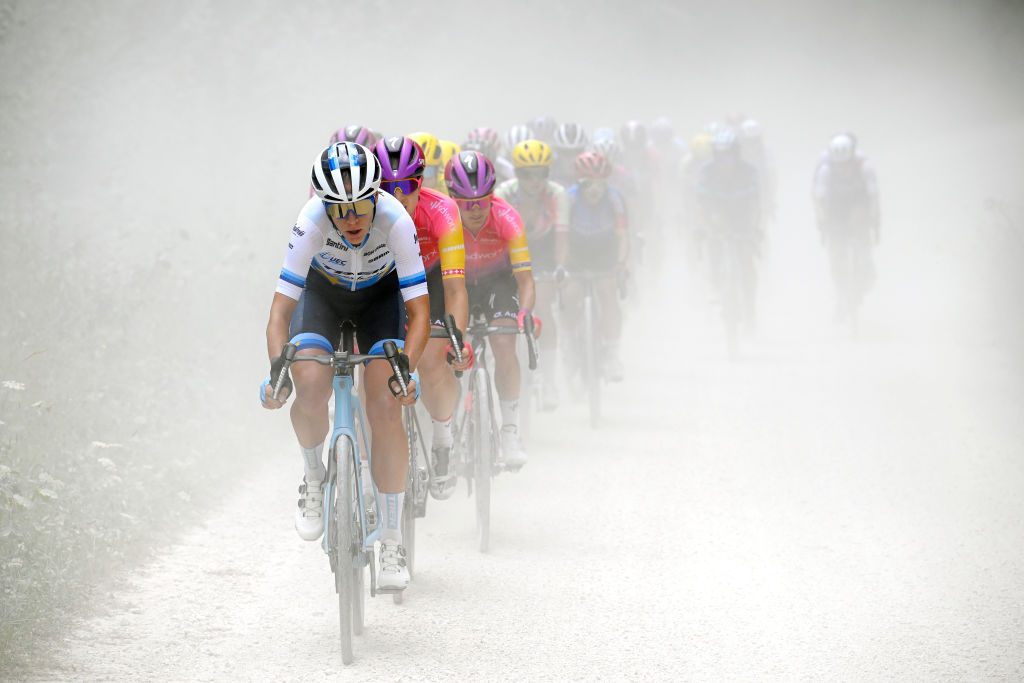
Before getting into this too far, I do want to acknowledge the impact Zwift has had on the TDFF. It’s been instrumental in terms of growth, visibility, and financial backing, and that isn’t to be sniffed at at all.
One thing that has always struck me, though, while watching the race is how the full name of the race – Tour de France Femmes avec Zwift – is somewhat jarring when set against the men’s race, which is simply the ‘Tour de France’, or even just ‘The Tour’. It’s maybe a touch harsh to say having ‘avec Zwift’ in the actual race name devalues the event, but purely from an optics point of view, it certainly commodifies the race in a way that you’d never see in the men’s race.
Race titles matter in my eyes, and while this certainly won’t be an immediate change, and should be managed so as to maintain sufficient backing for the race (to tie in with the sentiments offered by my colleague Tom). I would love to get to a point where Zwift is still recognised for its pivotal role, but the race is no longer the TDFFaZ, but simply the Tour de France Femmes, or, ideally, just the Tour de France.
This will, of course, require a certain degree of momentum, but colloquially at least it is already happening, both in print and in conversations I have with friends and colleagues.
An uphill time trial? – Alasdair Fotheringham (Senior Staff Writer)
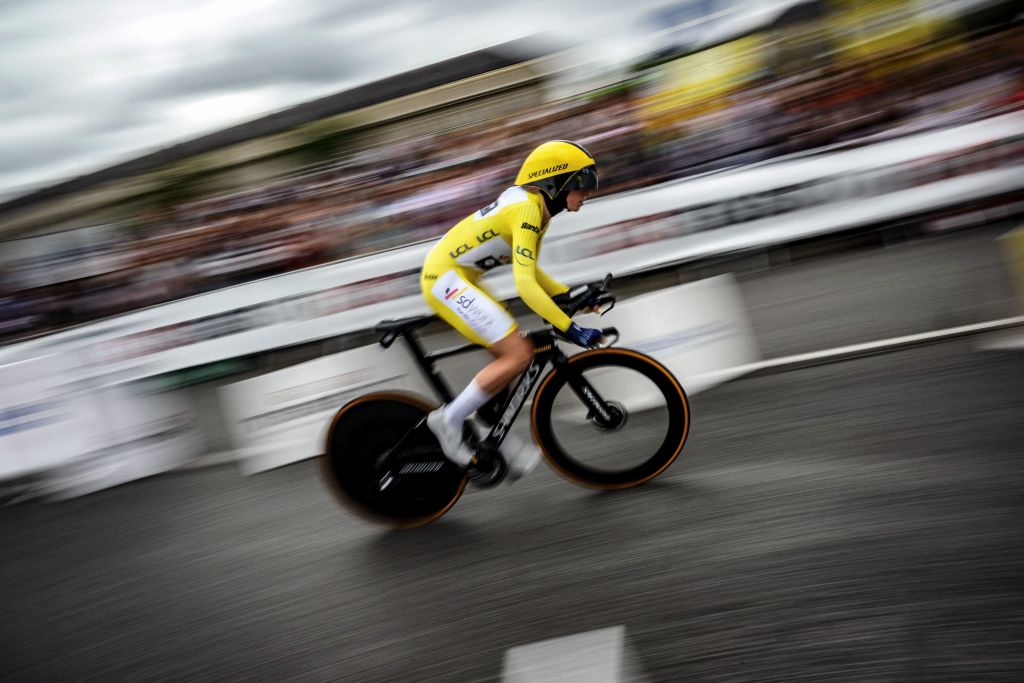
Back in 2023, the Tour de France Femmes rounded off with a summit stage finish on the Tourmalet, followed by a time trial on a Sunday. It made for an exciting final weekend that showcased two very different specialties, and which helped maintain the suspense (OK, a bit; Demi Vollering was already very much in control of the GC after the Tourmalet) to the last day. So why not combine the two?
You only need to look at the finals of the men's Giro d'Italia in 2023, or their Tour de France in 2020, to see how much of a nailbiter in terms of GC a mountain TT can be. But as Red Bull-Bora-Hansgrohe's Rolf Aldag told Cyclingnews about the Tour de France mountain TT in this year's men's race, the pace in such events is so (relatively!) slow it also allows for fans and riders to identify each other more closely than usual.
"Everybody has a start-sheet, everybody knows exactly when they'll be able to cheer their favourite rider or their relative," Aldag said. "So for the 160 riders in a peloton who aren't top names, that's a very special moment. And I remember when I was in the Alpe d'Huez TT in the 2004 Tour, I was going so slow I was able to see my father amongst millions of spectators. So it's special in that way, too."
Netflix, please! – Laura Weislo (Managing Editor)
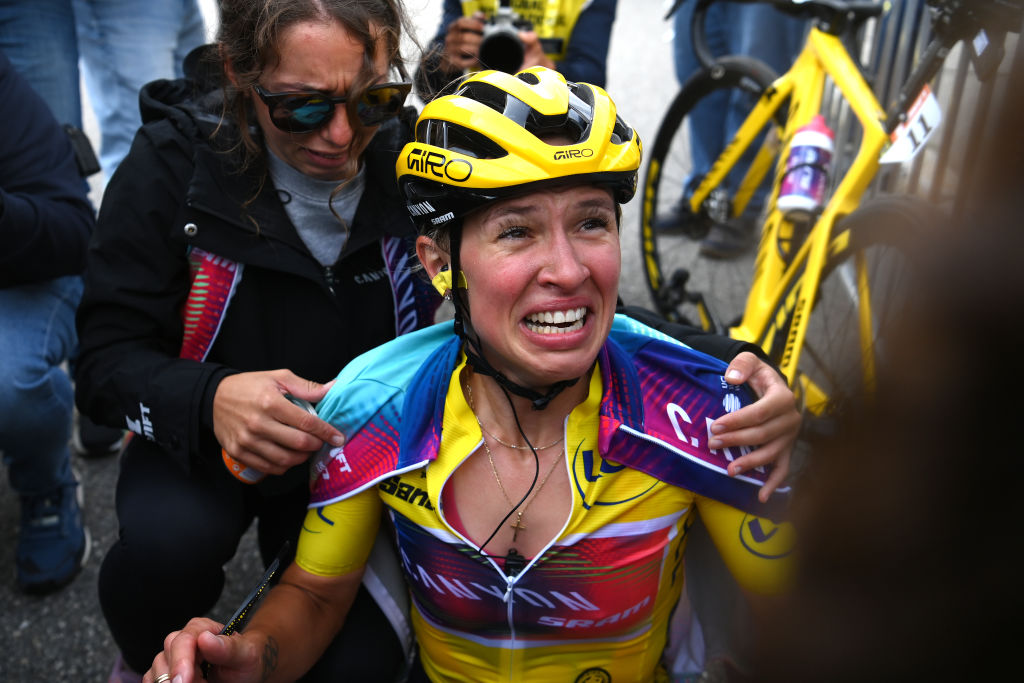
Netflix's 'Unchained' Tour de France documentary was a revolutionary method of bringing pro cycling to the masses. Its three seasons were an interesting look behind the scenes of the men's Tour, so why not shift to highlighting the women?
I can't think of a finish to a Tour de France Hommes as thrilling and nail-biting as last year's battle by Kasia Niewiadoma-Phinney to hold onto her winning margin while Demi Vollering blasted up l'Alpe d'Huez. The emotion on both riders' faces was such a contrast, and while I felt terrible for Vollering, the race served up the "thrill of victory and agony of defeat" better than any edition of the Tour - men's or women's.
The difference between that race and Tadej Pogačar's six-minute margin last year might have just convinced the Netflix producers to head to the Tour de France Femmes, and according to Le Parisien, a women's series is under consideration.
As we head toward another Pogačar blow-out, I'm already looking forward to the Tour de France Femmes, and hope Netflix is, too.
Boosting the global appeal – Simone Giuliani (Australian Editor)
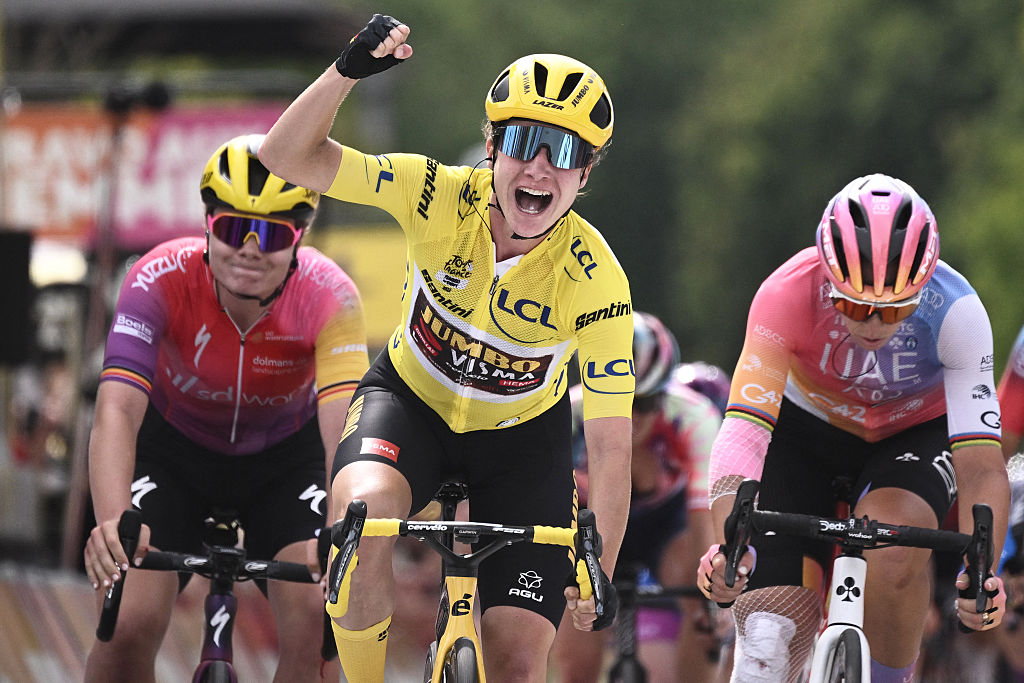
Memories of sprint wins from Robbie McEwen and Stuart O’Grady at the Tour de France loom large in my memory when I think of the moments where professional cycling has cut-through into the mainstream in my AFL-obsessed home nation of Australia. The ultimate, of course, was when Cadel Evans claimed the overall win in 2011 as all of a sudden the nation embraced the sport, becoming instant experts as they revelled in the joy of a home-nation rider defying the odds to claim one of the biggest sporting prizes in the world.
That’s why, while the re-introduction of the globally recognisable Tour de France format was a hugely important shift to instantly capture a wider audience for women’s cycling, the next big instant jump in cut through in many places beyond traditional cycling nations may well be in the hands of the teams and riders – to capture the imagination some may need the extra shove of a winning compatriot to spark the interest.
Since the rebirth of the women’s race, it has been dominated by the Dutch with two of the three overall wins and more than half the stage victories belonging to the nation. Plus, all of the stage and race winners have been from Europe, so, for me, one of the biggest things I’d like to see to help grow the global awareness of the race is a winner’s list that includes riders from the United States, Australia, Canada, South Africa, South America and New Zealand. It is bound to be coming, hopefully sooner rather than later.
That may be a factor organisers and others can’t directly control – although if Kirsten gets her wish of more stages, there will be more chances – but there are also other ways of sparking broader global attention. The fans lining the streets to watch the Saitama Tour de France branded criterium in Japan and attention Mark Cavendish’s farewell at the Singapore criterium gathered are a case in point, so a women’s equivalent, in the near future, is another addition to the wish list.
Free-to-air TV – Josh Croxton (Associate Editor)
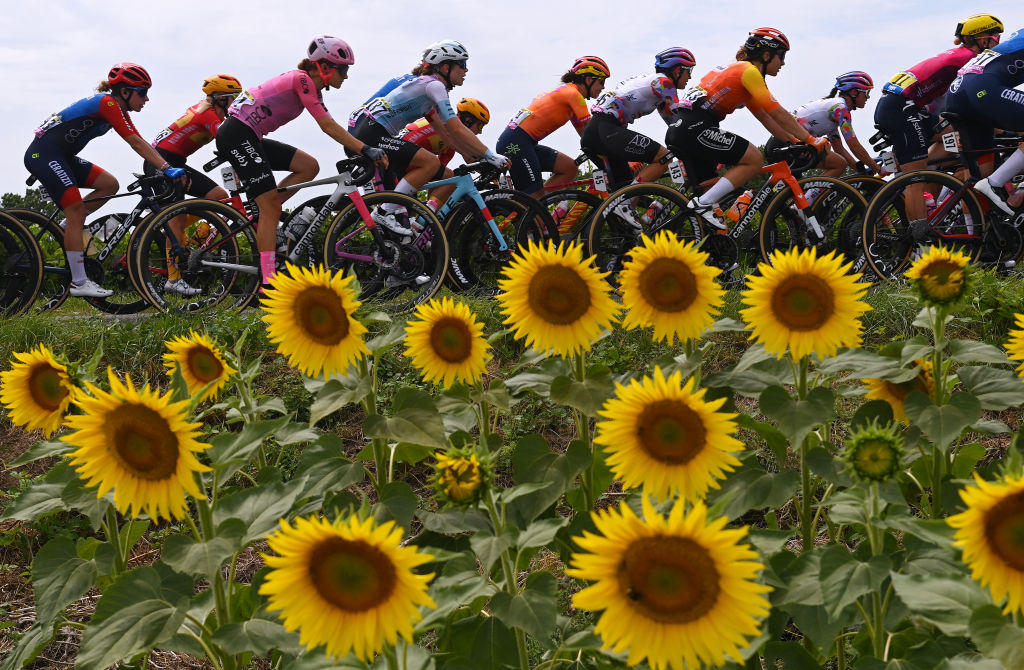
I won't profess to know the ins and outs of television rights, the investments involved, and the viewership numbers associated, but one thing that will absolutely see the Tour de France Femmes grow is free-to-air television coverage.
Cycling is something of a hand-me-down sport. My parents were never into cycling, so my introduction came at just eight years old when David Millar stormed into yellow in the opening time trial in 2000. Having a British interest at the front of the race was all it took to pique my interest, and being able to watch it on TV was the access I needed.
Nowadays, had that same thing happened, there's no way I'd have paid £30 for a TNT subscription, or even £6 at GCN+ prices, as cheap as that now seems. So only kids whose parents are already paying those subscriptions will get to feel such inspiration.
Just look at the buzz here in England surrounding the Lionesses this week. Imagine putting access to that behind a £30-per-month paywall, then imagine how quickly women's football would shrink.
If we want to grow the Tour de France Femmes, we need more women racing bikes at a grass-roots level. There's a whole host of steps that go into that provision, but one of the fundamentals is demand. For that, we need more young girls inspired and impassioned by the sport.
A mountain profile fit for the best Grand Tour in cycling – Peter Stuart (Editor)
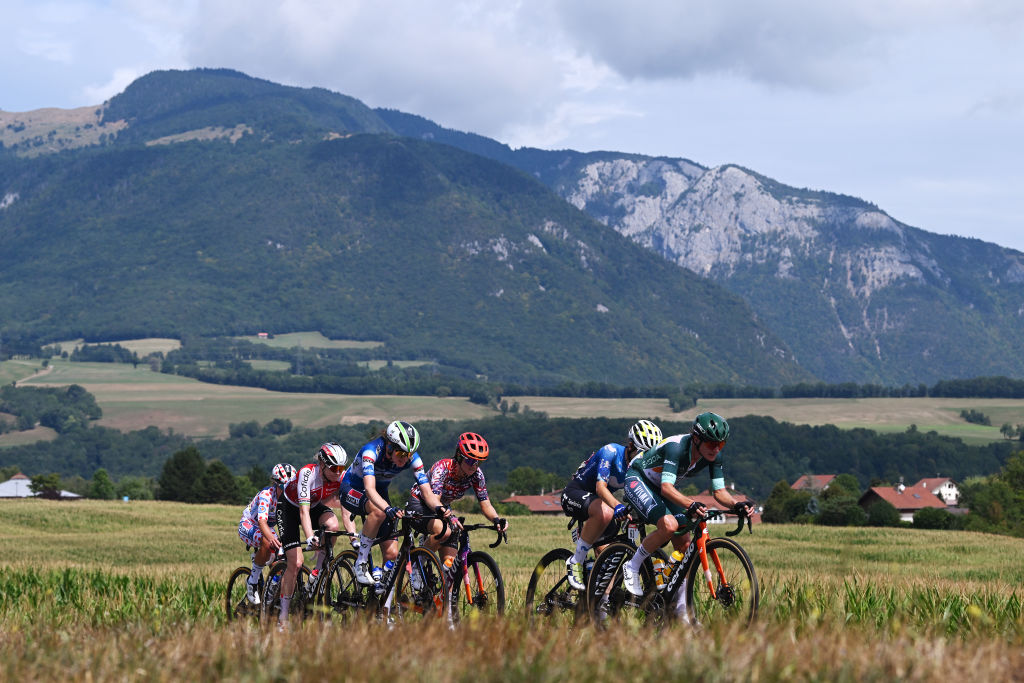
If there's one positive to take from the restrictions on the length of women's races imposed by the UCI, it's that the men's model of racing is not necessarily the correct one. A three-week stage race can test the attention of even the most devout cycling fans, but the Tour de France Femmes doesn't make the most of its short and sharp nine-day length.
The race often overly focuses on sprint stages. The 2024 route hosted four sprint stages, and only two true mountain challenges, while the 2025 route similarly dedicates four stages to a straight sprint, and perhaps three that we could qualify as true mountain epics.
There are plenty of opportunities throughout the women's calendar to celebrate the true sprinters, and the Tour de France Femmes should prove emphatically who the best climber and all-around Grand Tour racer in the sport is.
Puncheur hilly stages, some multi-terrain wildcards, mammoth mountain challenges and stunning summit finishes packed into animated 150km stages and all encompassed within nine days of racing could be the most interesting spectacle of the entire pro cycling schedule – and even throw in an opening sprint stage or two as a bonus.
Paris finale with Montmartre – Jackie Tyson (NA Production Editor)
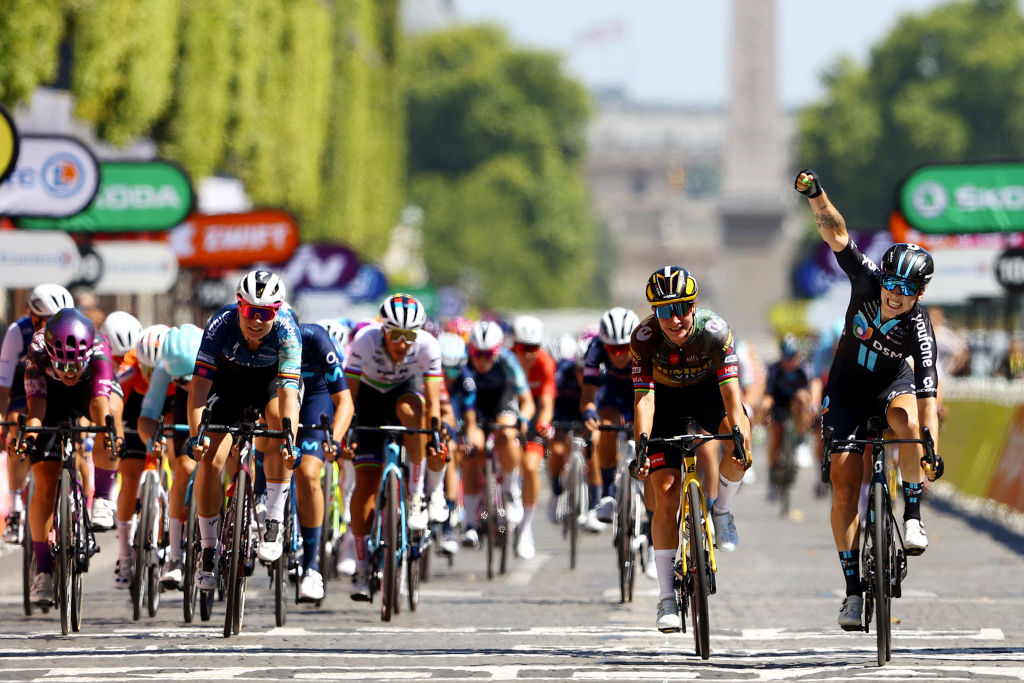
The Champs-Élysées is synonymous with the Tour de France, serving as the crescendo of the men's 21-day race for a 50th anniversary in 2025. Should the women's race follow suit and finish on the broad Parisian boulevard? A tricky logistical exercise any time in the first 49 years. Rather, consider the change this year with the men's Grand Tour, which includes the Côte de la Butte Montmartre, a cobbled climb of 1.1 kilometres at 5.9%, and you have a more compelling women's finale.
The women have only had one chance to ride past the famous Arc de Triomphe and the Louvre, using the famous Champs-Élysées. They even eclipsed the men by lining up at the Eiffel Tower. It is time to go back to Paris, but not just a typical sprint finish will do.
The Tour de France Femmes has had three mountaintop finish stages to decide the winner in the last three editions, which I applaud. While sprinters are great athletes, there are way too many tight bunch finishes in women's races around the globe, and it's just interesting to see a longer battle across kilometres rather than metres.
The circuit used for road races at the 2024 Paris Olympic Games included the Montmartre climb, and produced exciting battles on the climb as well as positions for final sprints. The combination was golden, literally, for riders and viewers. It would be a great addition to the Tour de France Femmes.
Cyclingnews is the world's leader in English-language coverage of professional cycling. Started in 1995 by University of Newcastle professor Bill Mitchell, the site was one of the first to provide breaking news and results over the internet in English. The site was purchased by Knapp Communications in 1999, and owner Gerard Knapp built it into the definitive voice of pro cycling. Since then, major publishing house Future PLC has owned the site and expanded it to include top features, news, results, photos and tech reporting. The site continues to be the most comprehensive and authoritative English voice in professional cycling.
You must confirm your public display name before commenting
Please logout and then login again, you will then be prompted to enter your display name.
